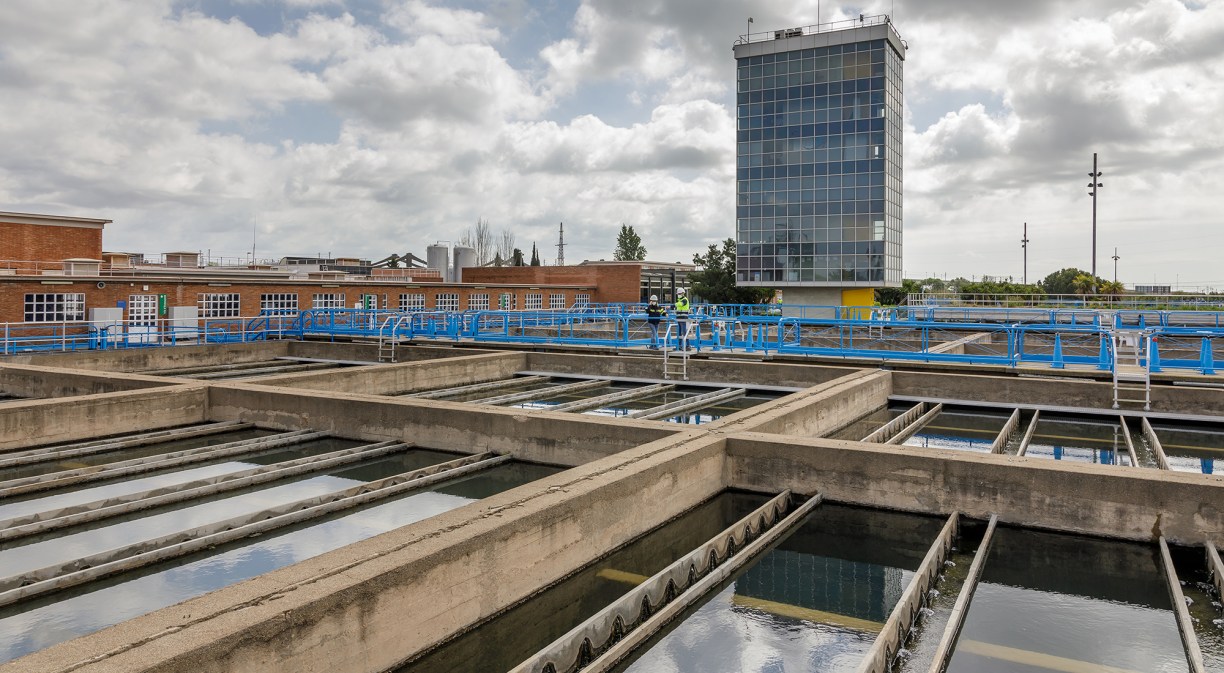Aigües de Barcelona, Telefónica and Mobile World Capital Barcelona have carried out a pilot project consisting of the migration of the security video cameras of the drinking water treatment plant (ETAP) of Sant Joan Despí. This is a cloud integration model provided by Telefónica’s edge computing node, available for the Metropolitan Area of Barcelona.
Until now, the cameras installed in the DWTP of Aigües de Barcelona were connected to each other by conventional fixed networks, so that the captured images were sent to a local server located within the facility. Thanks to this project, the images collected by the security cameras are sent with 5G to edge computing and processed in the cloud using Artificial Intelligence (AI) algorithms. The detection of intrusions or the access of people to restricted areas always in real time is the main benefit of the project.
For the collection process and subsequent video analytics to be migrated to the edge computing node, two inherent characteristics of the 5G mobile network are required. On the one hand, ensuring high upload bandwidth, as the images must be of very high quality for the AI to obtain the expected results. On the other hand, connectivity must be provided with minimum latency conditions, since events must be detected in real time.
According to Aigües de Barcelona’s innovation director, Catalina Balseiro, “having close cloud environments such as Telefónica’s edge computing together with the use of 5G technology allows us to optimize security tasks in critical facilities and contribute to circularity, thus reducing physical hardware and travel”.
Leonor Ostos, Innovation Manager at Telefónica, says: “These pilots, in which we work hand in hand with our customers, highlight the opportunities and advantages of having high-performance wireless networks such as the 5G mobile network. This, in conjunction with edge computing centers, enables a wide range of low-latency processes and applications, and provides tangible benefits for our customers. This pilot is a sample of the real applications of 5G and edge computing, technologies that will be part of several of the demonstrations that Telefónica will bring to its stand at Mobile World Congress 2023”.
Eduard Martín, CIO and Director of Intelligent Connectivity at Mobile World Capital Barcelona, says: “This pilot exemplifies the type of project that we at Mobile World Capital Barcelona are looking to promote: beyond the technical and concept tests that the use cases allow, it is necessary to start implementing the combination of 5G with edge computing to take advantage of its real storage potential. With this pilot test we further empower that data can be managed by an AI locally, minimizing response time.” Martín adds that the project “tests the network characteristics needed to manage this type of critical infrastructure, which can be extrapolated to multiple industries”.
For more information: Telefónica at MWC 2023
